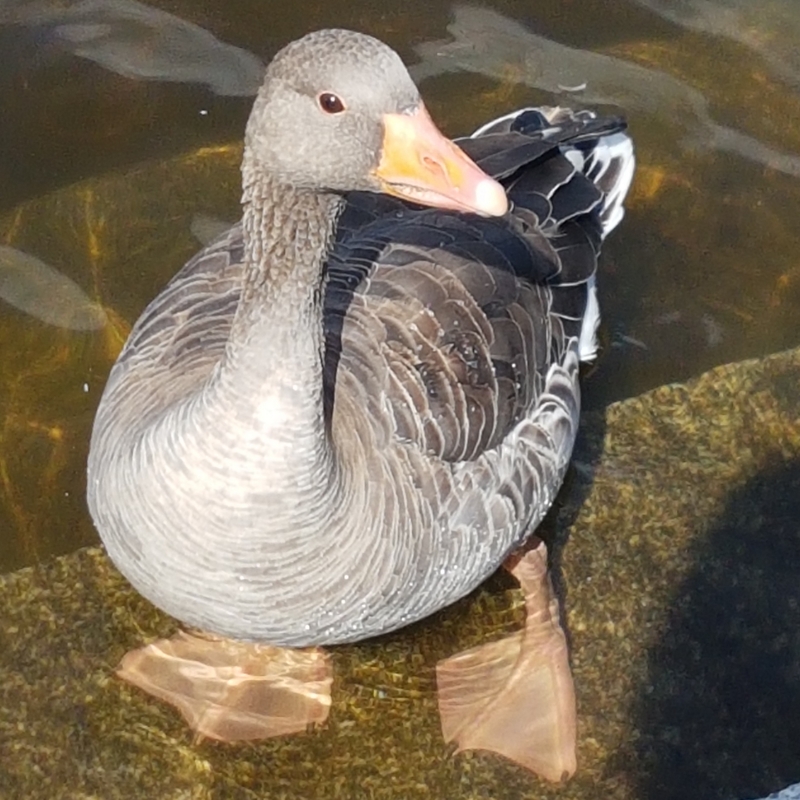Two-mast Standard Transport
One of the larger ships in Vutara Bay, the Two-mast Standard Transport is a popular choice for both merchants and fishermen. It's not especially fast, but it's wide, giving it decent room for cargo. It lies comfortably and stable in the water and can handle a bit of rough weather.
These ships are built all around the Bay, and although the general design and size is the same some details might be different from place to place.
Most Two-mast Standard Transports, especially those who are used to transport goods, are armed with at least one cannon. The Bay has the occasional Stormfeather Lodge ship hunting for traders to loot, so having a cannon or two to try to chase them away is always a smart choice. Though, with the high number of trading ships and relatively few Stormfeathers, the chance of being robbed in the Bay is not too great - but it is there.
The fishing boats of this type aren't always armed, but some have a canon just in case. Almost all fishing vessels of this type are commercial as people fishing only to feed their own families use much smaller boats than this. There are some communities that have gone together to buy and crew a Two-mast Standard Transporter together to feed all their families, but the large majority of fishing vessels of this type intend to sell their fish in one of the Bay's trading hubs like Verraja, Sakastro or Candavir.





Hello for the almost-last time today. It's your friendly feedback wizard calling to ask you something: how are you doing? This article contains a lot of cultural information, which is part of any vehicle! I like how you reference the fact that different towns make different variations on the basic design. Also, their cannons (check the spelling in a couple of places) are mostly for warding off bandits which is very understandable! Until cannons on ships became commonplace, they were mostly a deterrent; pirate movies gave a lot of us the wrong idea, unfortunately. One thing that would be a great addition to this article. Headings. I know that your style tends to be heading-light, but having at least one or two here would make it a little more readable for some more easy-lost readers. One last thing that I would recommend is to look up more facts about galleons and other kinds of large ships. For two-masted ones, 20 metres is a bit small but those ones would have been rather fast as opposed to rowed boats or smaller one-masted ships. Okay, last article is the Printing Press! Without old Gutenberg this might be an interesting read. See you there :)